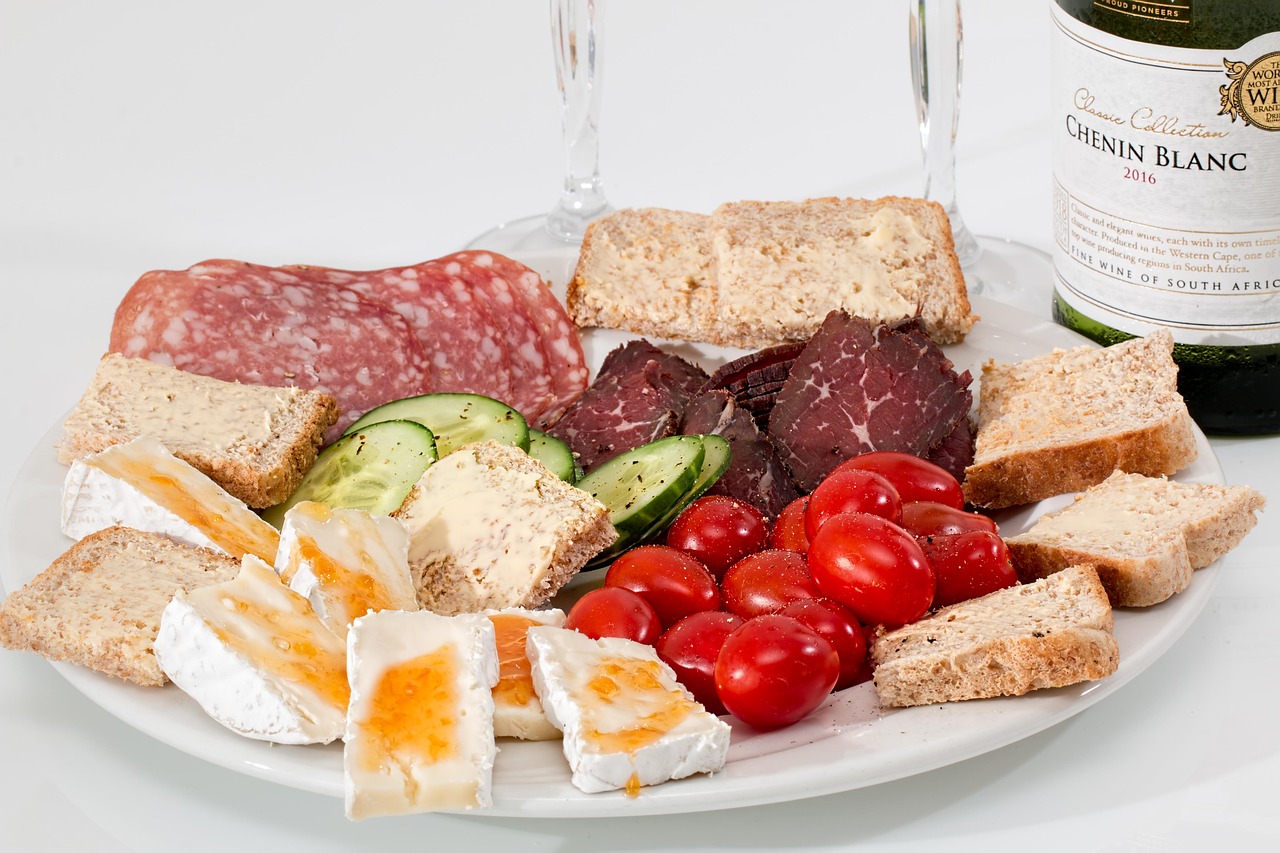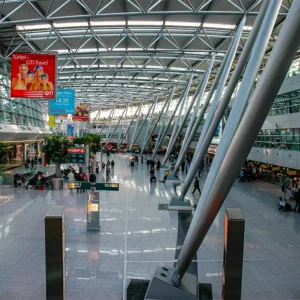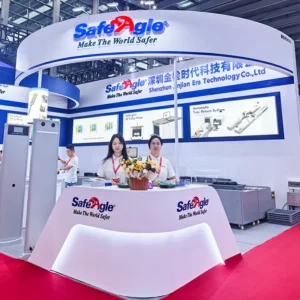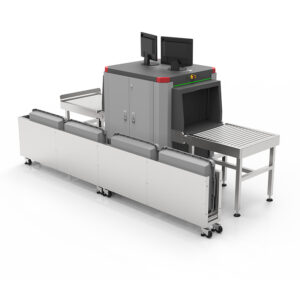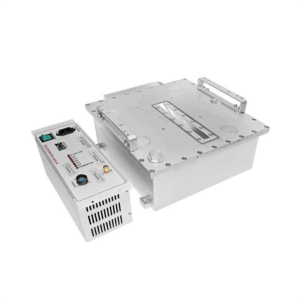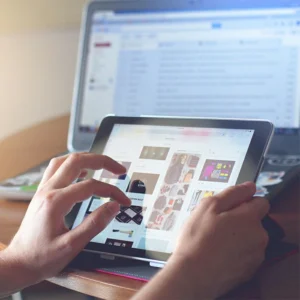
Is Food Safe to Eat After Passing Through an X-Ray Baggage Scanner?
When traveling through airports, train stations, or other transportation hubs, it’s common to place bags containing food items onto the X-ray baggage scanner. Many passengers wonder: Is it safe to eat food after it has been scanned by a security X-ray machine?
The short answer is YES — food that passes through an X-ray scanner remains safe to eat. Let’s explore why.
How X-Ray Baggage Scanners Work
To understand why food remains safe after passing through an X-ray baggage scanner, it helps to know how the technology operates.
Unlike medical X-rays that create images of bones or tissues, baggage scanners are specifically designed for non-invasive inspection of objects. Their main goal is to detect dangerous or prohibited items inside luggage without physically opening it. Here’s how the process works step by step:
Generation of X-Rays
Inside the scanner is an X-ray tube that produces a controlled beam of X-rays when powered.
The radiation dose is extremely low—just enough to penetrate luggage and create an image.
Passing Through the Bag
As your bag moves along the conveyor belt, the X-ray beam passes through it.
Different materials—such as metals, plastics, food, or liquids—absorb X-rays at different rates depending on their density and atomic composition.
Detection and Conversion to Image
On the opposite side of the bag, detectors capture the X-rays that make it through.
These signals are then processed by a computer, which converts them into a high-resolution image.
Items with higher density (like metals or weapons) appear darker, while less dense items (such as clothing or food) appear lighter.
Dual-Energy Technology for Accuracy
Many modern baggage scanners use dual-energy X-ray technology, which means they emit X-rays at two different energy levels.
This allows the system to better distinguish between organic materials (like food, paper, or plastic explosives) and inorganic materials (like metals or ceramics).
The result: sharper images and better detection accuracy without harming the items being scanned.
Operator Analysis
Security staff view the images on a monitor.
With color-coded imaging, organic items may show up in one color (often orange), while metals appear in another (usually blue or black).
This quick visual differentiation helps identify threats while ensuring normal items like food remain untouched.
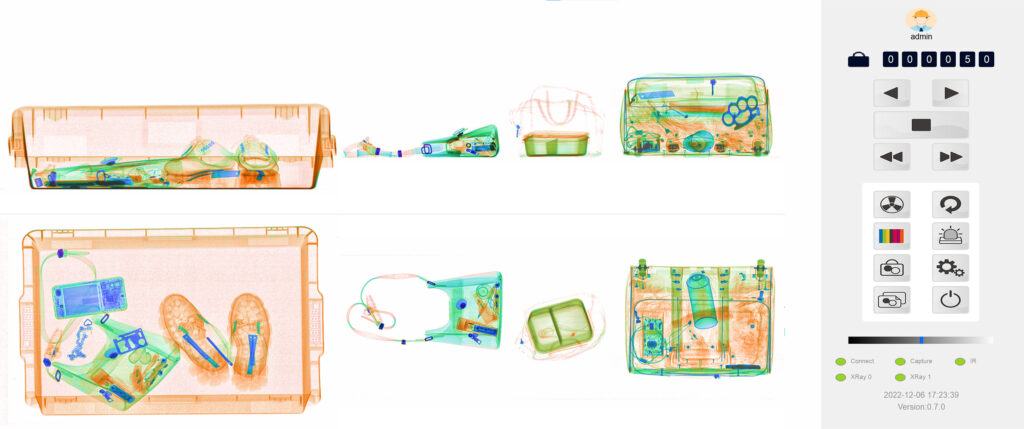
X-Ray Exposure vs. Food Safety
One of the biggest concerns travelers have is whether X-rays can make food unsafe. The truth is:
The radiation dose used in baggage scanners is extremely low—much lower than the radiation naturally present in the environment.
X-ray machines only scan for a few seconds, meaning the food’s exposure is minimal.
Unlike industrial irradiation (used to sterilize food), baggage scanners do not leave any residual radiation in the items they scan.
In other words, the process does not change the taste, texture, or safety of your food.
International Health and Safety Standards
X-ray scanners used in airports and public facilities are strictly regulated:
They meet international radiation safety standards set by agencies like the International Atomic Energy Agency (IAEA).
Scientific studies confirm that the tiny dose of X-rays used is harmless to both people and consumables.
Food, medicine, and even baby formula can safely pass through these scanners without health risks.
Practical Tips for Carrying Food Through Security
Pack food securely to avoid spillage or contamination.
Be aware of liquid restrictions at airports (for example, soups, sauces, and drinks may not be allowed in carry-on bags).
If you are carrying sensitive items like breast milk or baby food, check the specific regulations of your airline and country.
Food that has passed through an X-ray baggage scanner is perfectly safe to eat. The technology is designed for detection, not sterilization, and the levels of radiation used are far too low to affect food quality or safety.
So, whether you’re carrying snacks, local specialties, or homemade meals, you can enjoy them with confidence after security screening.
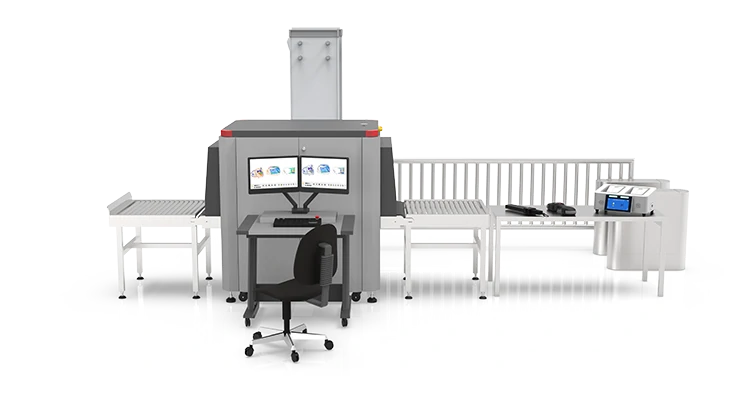
- By Safeagle

